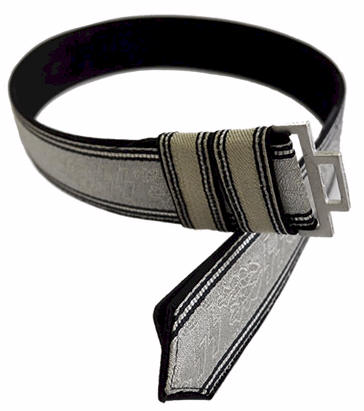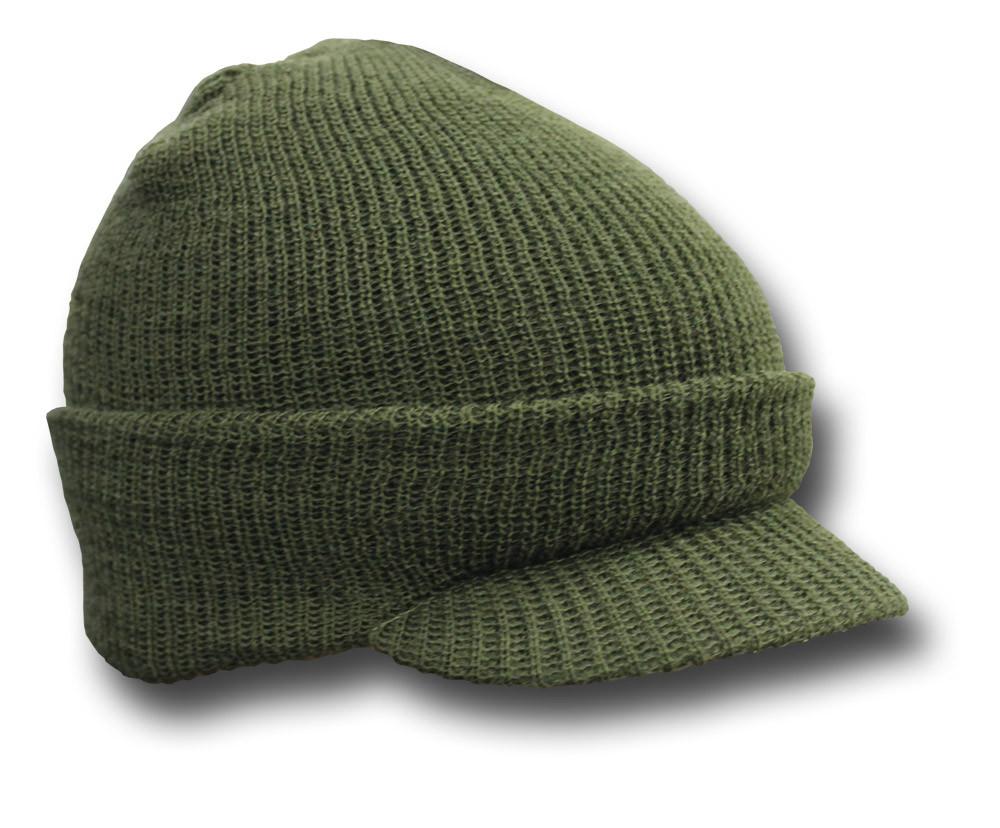COOPER TYPE A-2 BROWN LEATHER USAF BOMBER PILOTS JACKET SIZE 42R "MADE IN USA"
U.S.AIR FORCE TYPE A2 LEATHER FLIGHT JACKET - NEW
Vintage COOPER TYPE A-2 US Air Force Leather Pilot Flight Jacket Size 42R.
This is an authentic Cooper A2 Goatskin Leather Flight Jacket made in the USA to USAF military specifications. This jacket was in production for the Defense Personnel Support Center in Philadelphia Pennsylvania from 1988-1997. Cooper uses handpicked premium WATER REPELLENT goatskin leather that is matched and cut by hand to achieve a uniform appearance. The Cooper A-2 Flight Jacket has a one piece back and features military spec zipper and fasteners, poly/cotton blend lining, regulation snap-down collar, functional shoulder epaulets, snap-close pockets, double-gusseted vent holes in armpit, fully-lined interior, and knit bottom and cuff. In keeping with strict USAF specifications, this original Cooper Leather A-2 Jacket does not have side entry pockets. We have one medium Air Legends Cooper A-2 jacket that has the side entry pockets.
The Cooper A-2 (flight jacket or flying jacket) is a leather jacket, made by Cooper Sportswear, worn by United States Army Air Forces and United States Air Force pilots, during World War II.
It was re-introduced by the military just prior to Operation Desert Shield, with a modification to allow for modern insignia on the front of the jacket, and has been in service ever since. Made in the USA.
Cooper Type A-2 Flight Jacket Size: 42R
- Color: Brown
- Condition: NEW OLD STOCK
- 100% Genuine Goatskin Leather
- Lining: 50% Polyester 50% Cotton T
- It has two Flap Pockets on front and it zips up. It has a Hook and Eye at the top part of the zipper front for secure closure and snaps on both collars.
- Made in USA!
We have:
3 x size 42R Cooper Type A-2 Flight Jackets
2 x size 36R Cooper Type A-2 Flight Jackets (SEE HERE)
1 x AIR LEGENDS Size medium Cooper Type A-2 Flight Jackets.
GET THEM FAST. MAKES A GREAT CHRISTMAS PRESENT.
NOTE: We have 3 of the 42R jackets. Not all have the big paper tag that says COOPER Type A2 U.S. AIR FORCE AUTHENTIC SINCE 1931 ETC. All the jackets are the same with or without the tags it's just that some tags have fallen off over time.
History of making the Cooper Type A-2 Flight Jacket
Extract from the Airforce magazine Sept 1 1993:
Although the A-2 was not issued after the Korean War, it remained a symbol of USAAF’s war years in the minds of those who served. It was revived in the 1980s when Project Warrior was established to remind blue-suiters about the fighting heritage of the Air Force and as a retention incentive.
One Project Warrior initiative came from Col. James S. “Stu” Mosbey, then assigned to 9th Air Force headquarters at Shaw AFB, S. C. A friend showed him an A-2 jacket his father had worn during World War II as a P-51 Mustang pilot. On its back was a painting of a Mustang named Tokyo Express. To Mosbey, the jacket expressed a sense of union, common interests and responsibilities, and the experiences of thousands of World War II pilots and crew members.
Colonel Mosbey wondered, “Why did the Air Force ever give up the A-2? It’s a beautiful jacket that we all ought to be able to wear.”
Mosbey approached a number of his fighter pilot friends. If permission were granted, he asked, would they like to buy and wear the A-2? The answer was a thundering “Yes!” Colonel Mosbey and others visited the Air Force Museum, chipped in $20 each, and bought an A-2 in the gift shop. As a group, they presented the jacket to Lt. Gen. William L. Kirk, commander of 9th Air Force, and made their pitch to be allowed to purchase the jacket with their own money and wear it as a symbol of Air Force heritage and esprit de corps among fighter pilots.
General Kirk agreed to the idea and took it “upstairs” to Gen. Robert D. Russ, commander of Tactical Air Command. General Russ authorized Mosbey and a team of pilots to visit other TAC bases with 600 questionnaires for pilots, hoping to gauge their enthusiasm. Ninety-five percent said they would wear the A-2. General Russ approved the jacket revival but thought it should be an item of government issue.
The Obvious Choice
Col. Schumbert C. “Hoss” Jones, a former Thunderbird pilot assigned to TAC headquarters, was appointed project officer. He studied the regulations and researched the procurement sources. He found there were about a dozen kinds of flight jackets available, including Navy types, but “it always came back to the famous A-2” as the desired choice.
“ Although it was intended originally only for TAC pilots,” according to Colonel Jones, “the jacket idea quickly blossomed into an Air Force–wide project as other commands became involved.” Gen. John T. Chain, Jr., commander of Strategic Air Command, “was very much in favor of his pilots also wearing the A-2,” said Colonel Jones. “Other major commanders wanted their combat-ready pilots to be included.”
As a result, the revival of the A-2 jacket took on a special status as a visible symbol of the modern Air Force pilot. According to one internal paper, the rationale given as the idea climbed upward in command channels was that combat-ready aircrews were “not adequately recognized and that reinstatement of the distinctive aviators’ jacket would be a significant help.” The Air Force estimated that the initial expense to outfit the operational forces would be less than $5 million.
Briefings were prepared as the idea gained momentum. A new regulation in 1987 permitting the wearing of A-2 flight jackets would commemorate the fortieth anniversary of the Air Force. The jackets would acknowledge outwardly the “fly and fight” mission of the Air Force and recognize “first-line” active-duty, Guard, and Reserve men and women. Jackets would be issued on a one-time basis only to combat-ready flyers (officers and enlisted) assigned to front-line units.
The defense budget included a line item for the jackets, but some on Capitol Hill thought the idea frivolous and too expensive. Nevertheless, although a number of Air Force programs sustained deep cuts, the jackets stayed in the budget after hard lobbying by those in and out of uniform who believed in their value.
Maj. Mitch Driggers, a navigator in charge of the clothing division in the Pentagon, was assigned to get the jackets back into the Air Force flight clothing inventory. As quoted in Hell Bent for Leather by Derek Nelson and Dave Parsons, a book about the A-2 and Navy G-1 jackets, Major Driggers did not find the job easy.
“ The deeper I dug, I found out that there were no patterns,” he said. “In the old days, a series of drawings [was] done, and then they figured out the general dimensions.”
Faraway Sources
Major Driggers received from the Air Force Museum an A-2 jacket made in 1936. He found two manufacturers (Avirex and Willis & Geiger) that were still making them because of public demand. When the contract notice was issued, ten other manufacturers sent in bids. The contract was won by the Cooper Sportswear Manufacturing Co. of Newark, N. J., which opted to make the jackets out of goatskin instead of horsehide. The manufacturer had to obtain goatskin from Nigeria, Tasmania, and Pakistan because no source in the US was large enough.
The Air Force chose December 31, 1987, as the deadline for awarding a contract. Specifications were issued, and the procurement process began. The initial contract was for 53,000 seal-brown goatskin “traditional” USAAF A-2 jackets, to be delivered at a rate of 5,000 jackets per month. They would be worn with a leather name tag embossed with name, rank, wings, and “USAF” in silver on brown leather and would bear a major command patch. The first jackets were delivered in May 1988.
According to the current regulation, the jackets will be issued only to officers or enlisted personnel who are in mission-ready, emergency-mission-ready, mission capable, or mission-support billets assigned at or below wing level who met the criteria on or after September 18, 1987, the Air Force’s fortieth birthday. “Once a member is issued the jacket,” according to the regulation, “he or she may continue to wear it after being reassigned from the duties [that] originally qualified him or her for the issue.” It can be worn “with the flight suit, service uniform, or pullover sweater” but not with civilian clothes. After he or she retires, the wearer may keep the jacket.
| SKU | A841 |
|---|---|
| Weight | 1.800000 |











